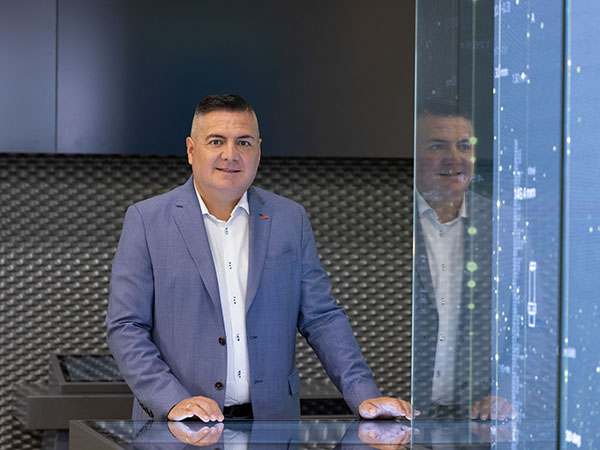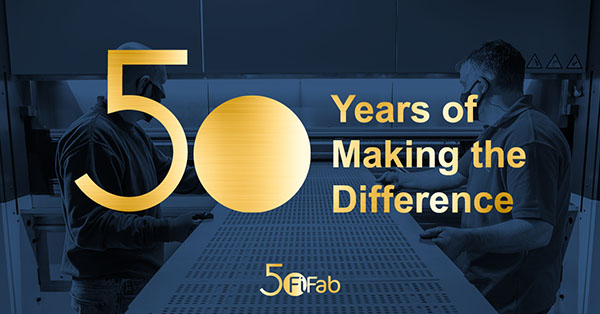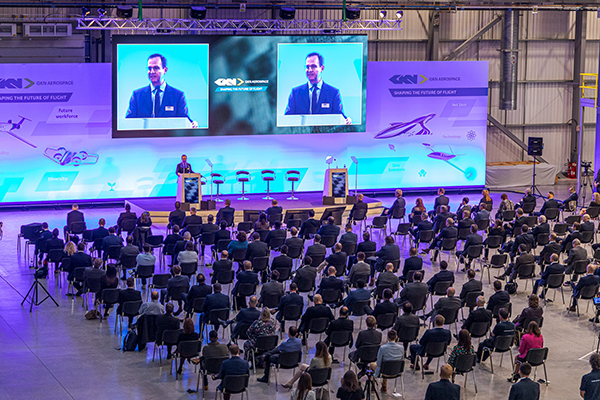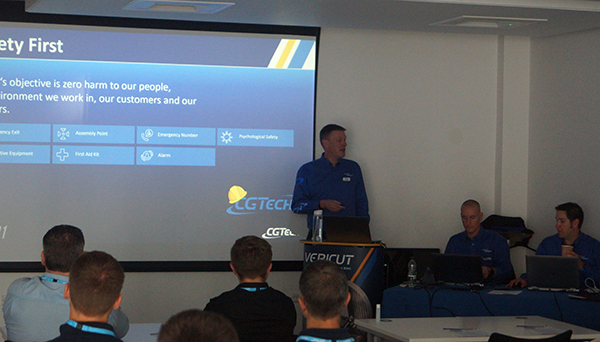
The training arm of the Manufacturing Technology Centre – MTC Training – has joined forces with global training provider BPP to boost its range of apprenticeships. Moving forward, the partnership will aim to tackle skills shortages in manufacturing and engineering, and provide apprenticeships and degree apprenticeships in a range of disciplines needed by advanced manufacturing organisations. The portfolio of apprenticeships on offer – from Level 3 to Level 7 Masters degrees – will include digital and technology solutions, data science and data analysis, as well as an MSc degree in applied data analytics.
For further information www.the-mtc.org























